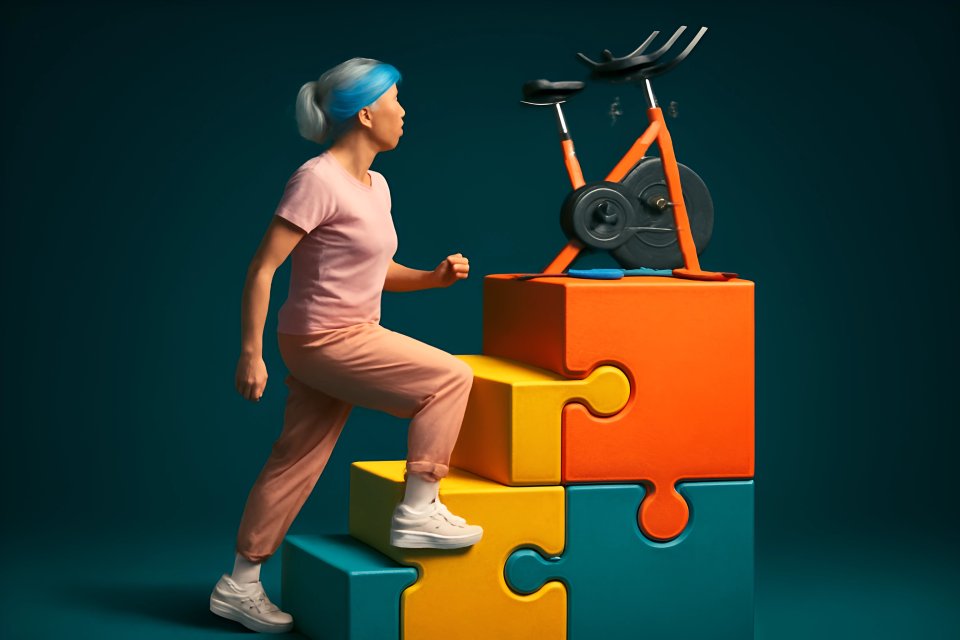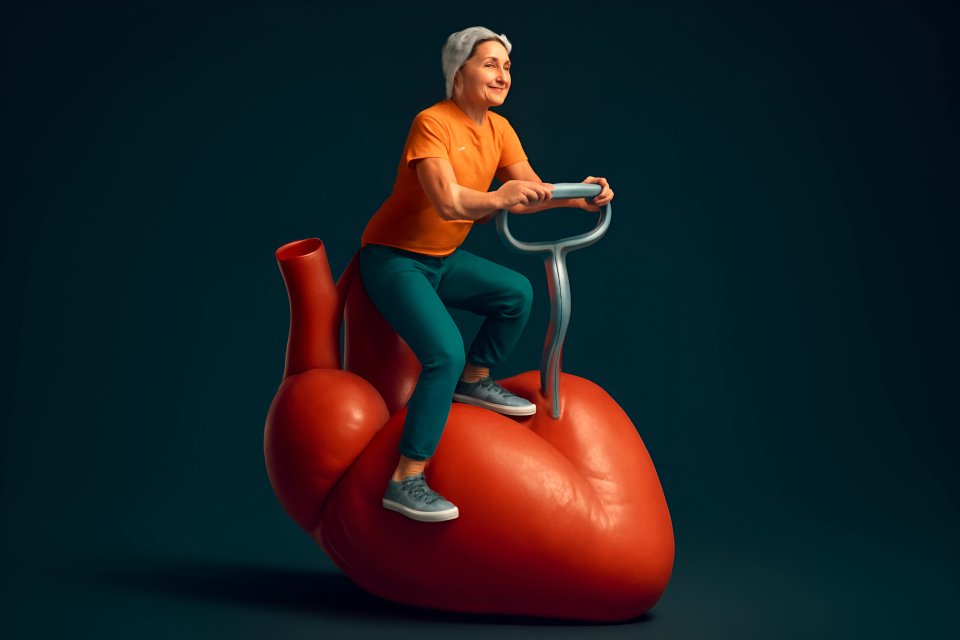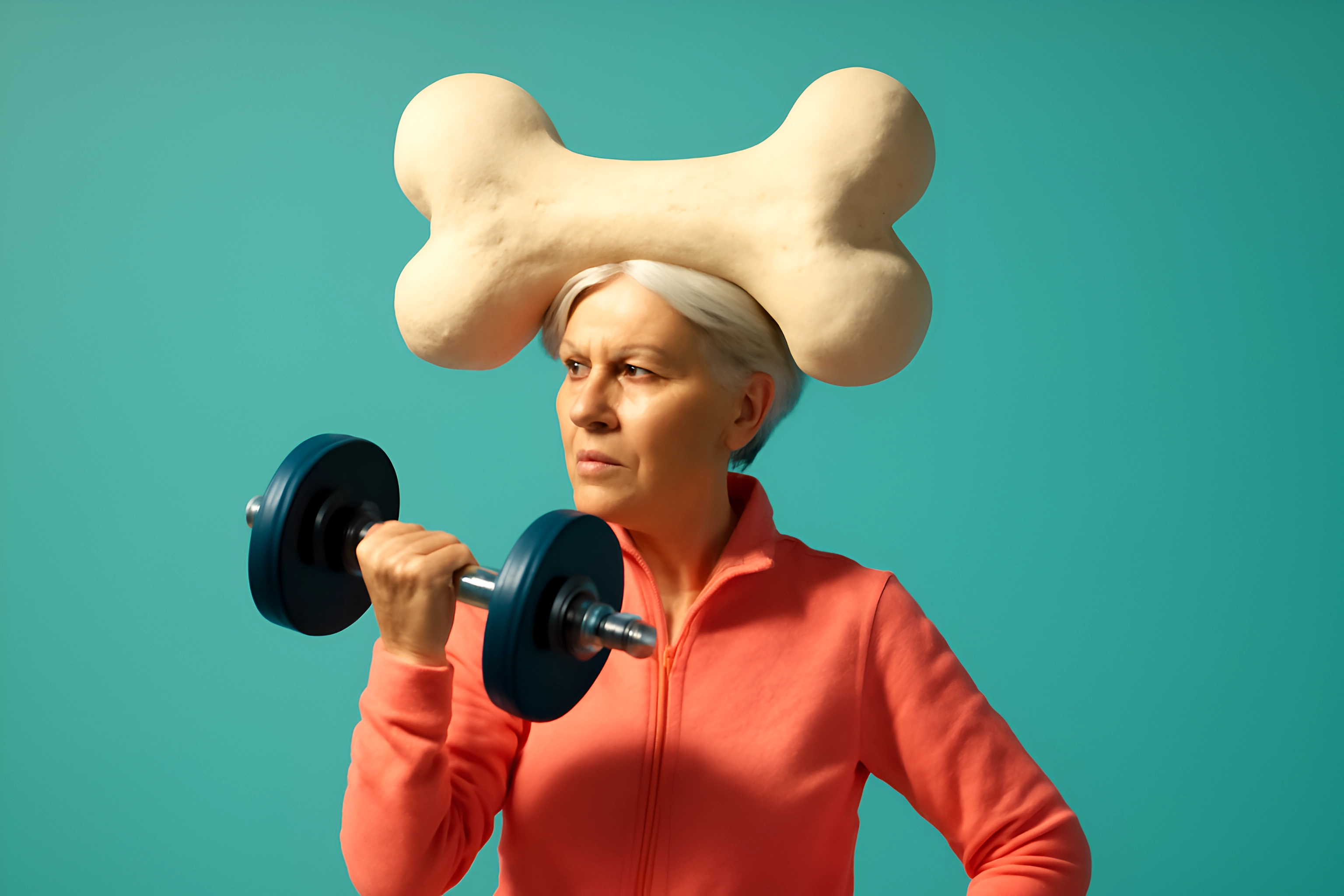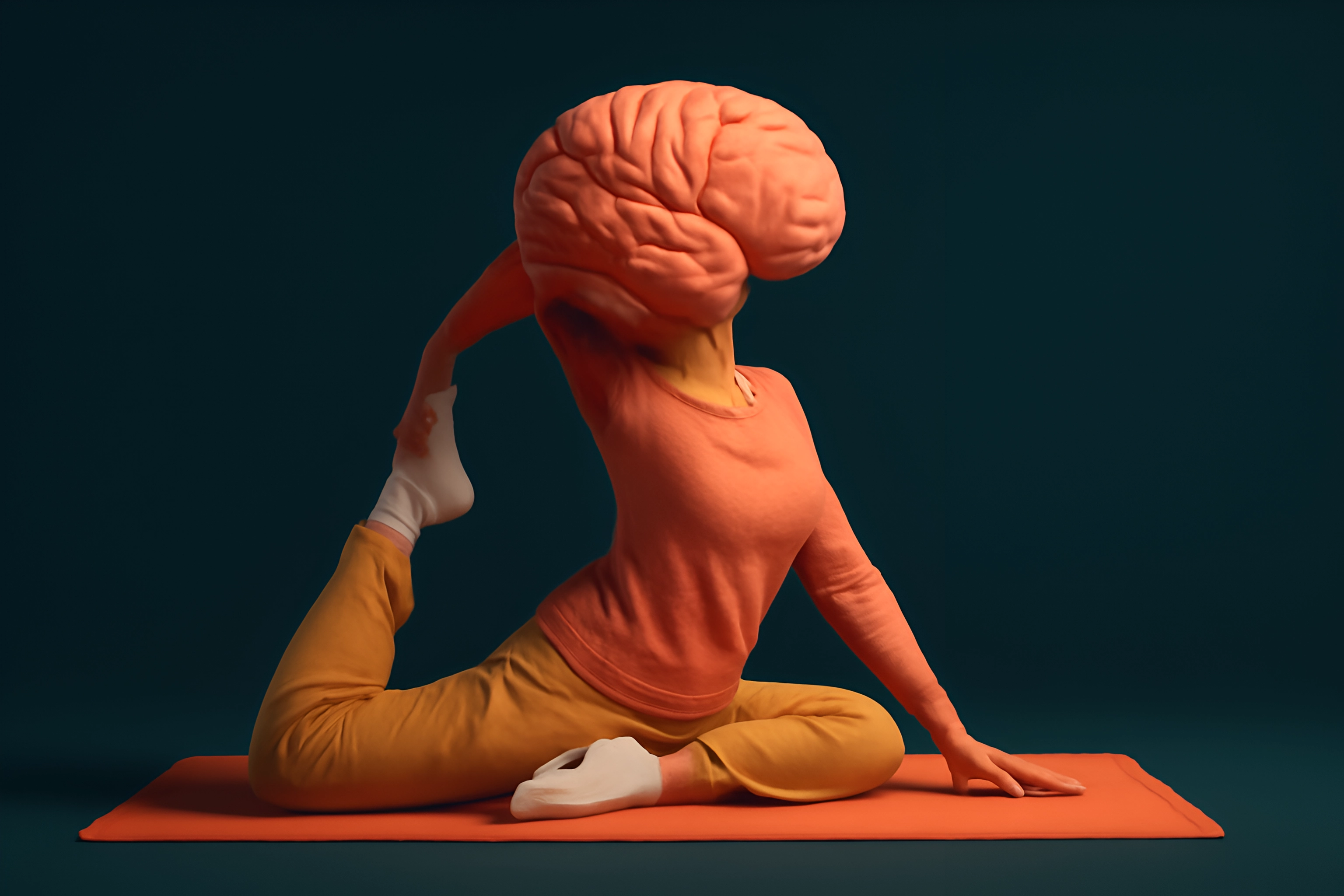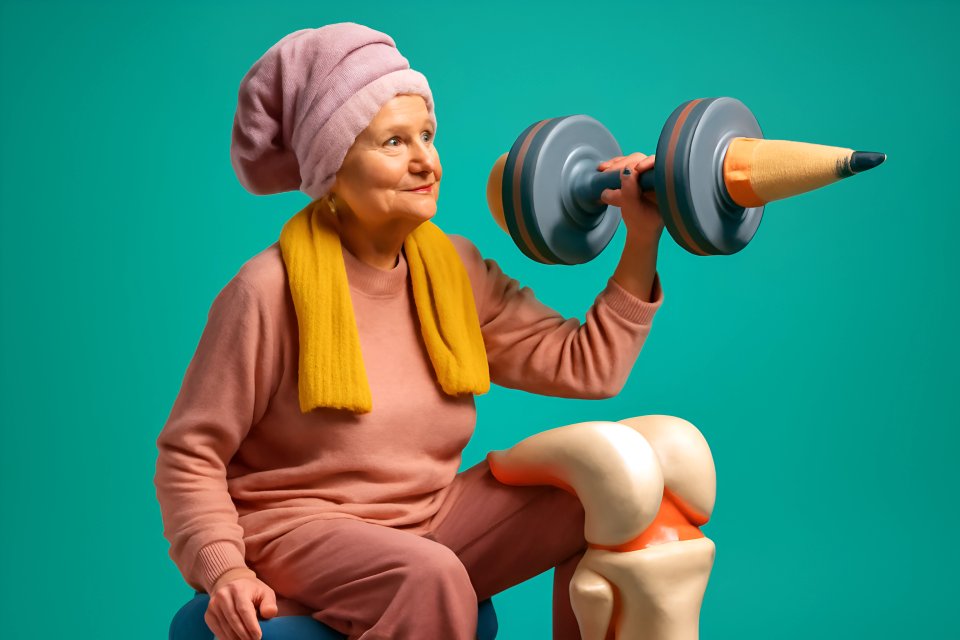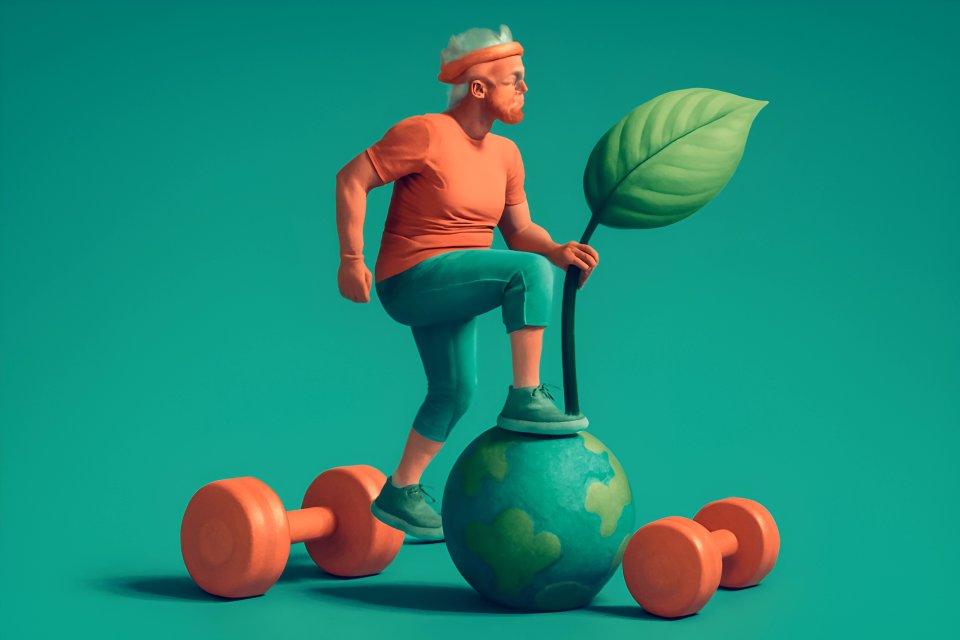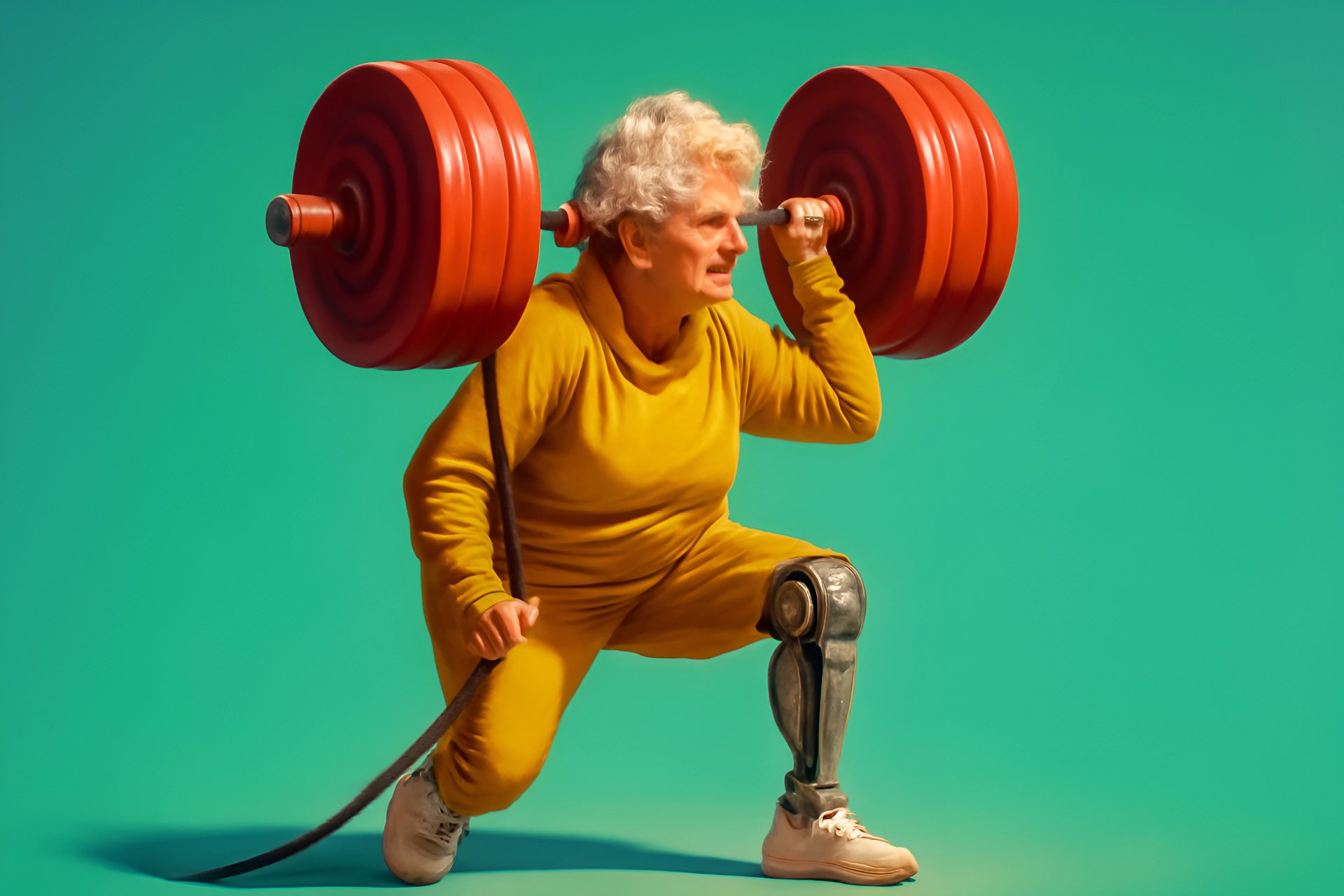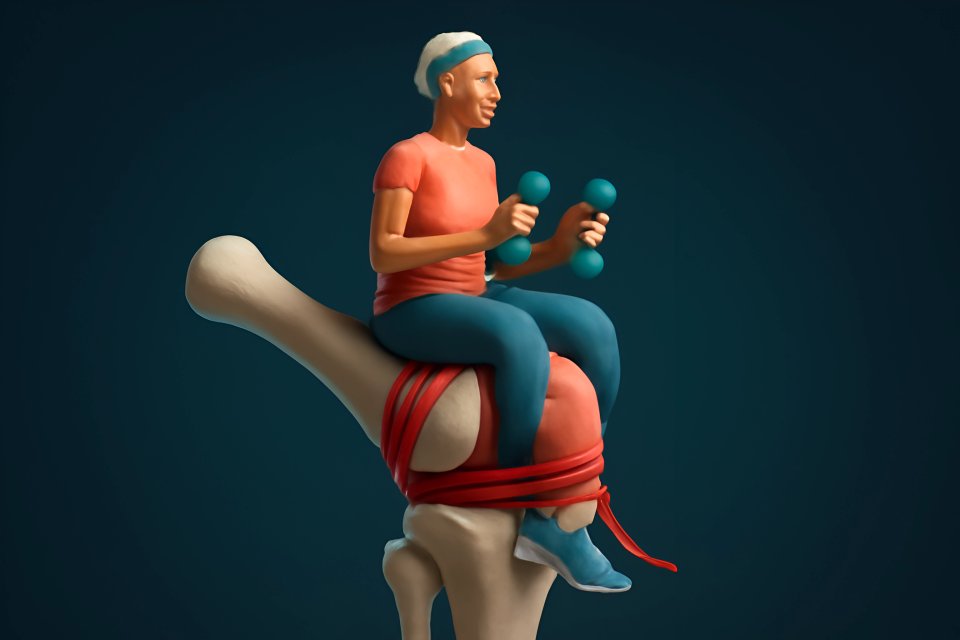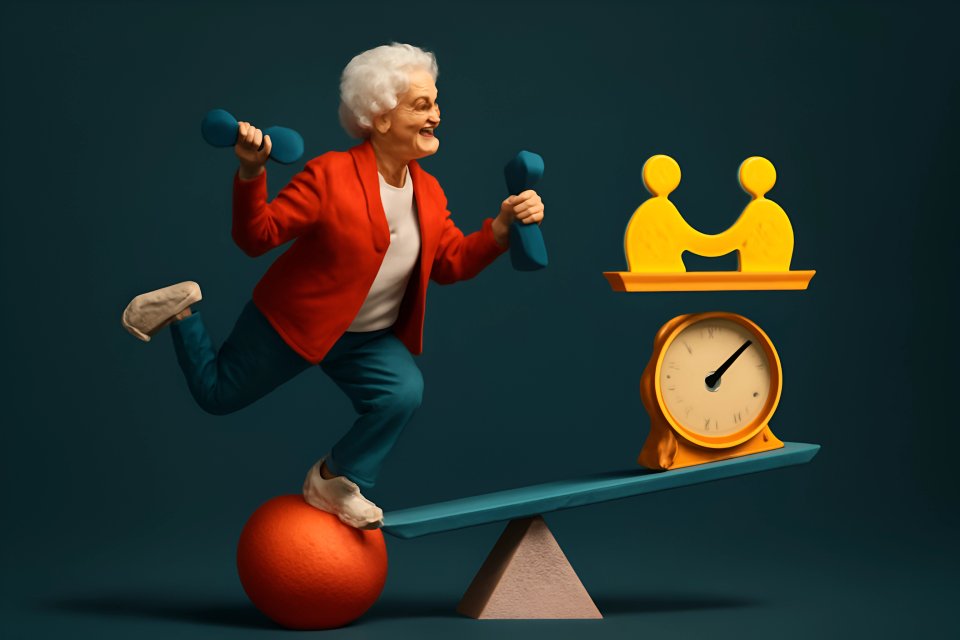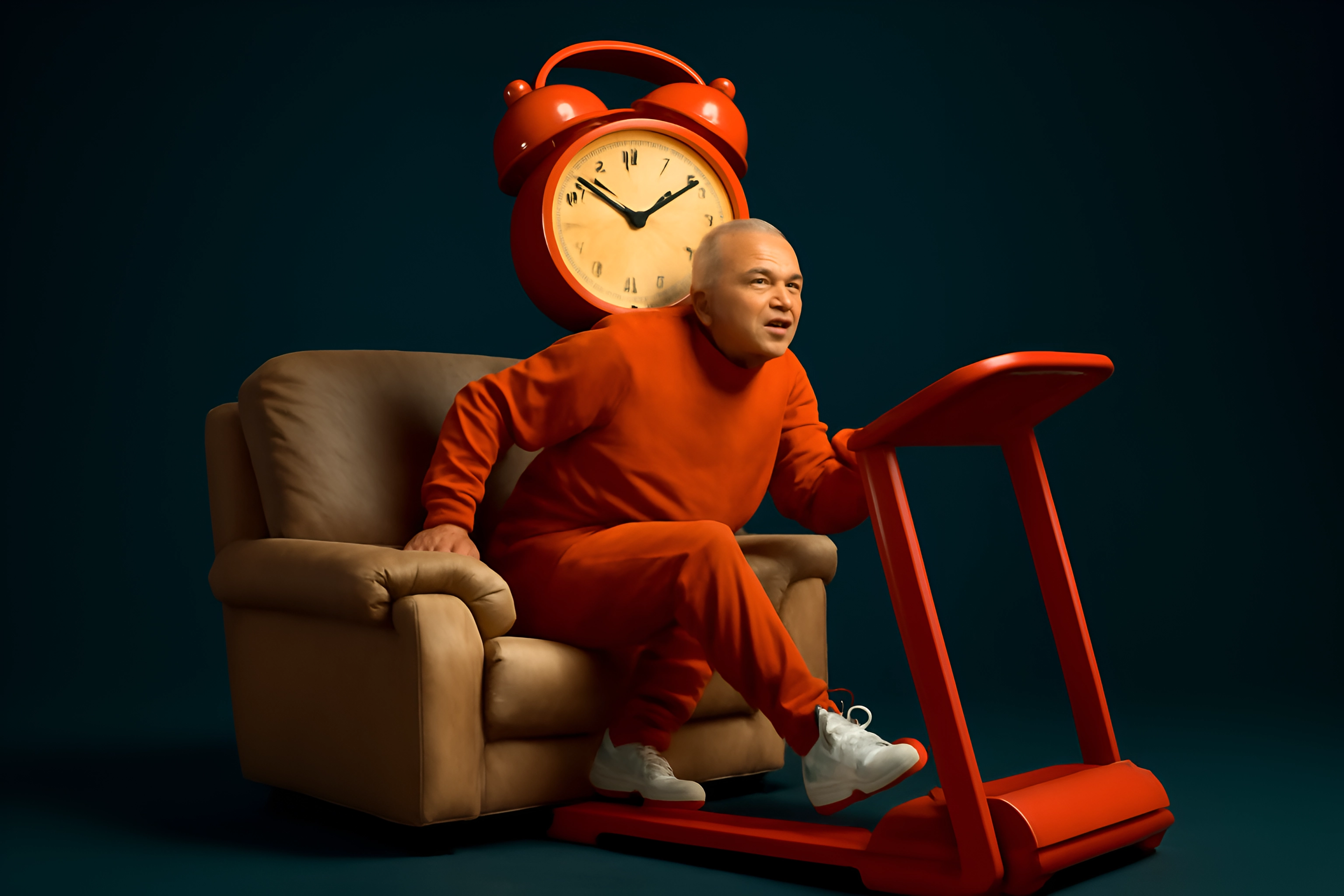
Does your favorite chair know you a little too well? Have days, weeks, or even months slipped by with more sitting than stepping, more reclining than reaching? It’s a comfortable trap, and it can sneak up on any of us, especially as we navigate the changes that come after 50.
Maybe your work has shifted, your energy levels feel different, or old aches and pains make the couch seem like your safest bet. These are normal transitions, but they can quietly build the foundation of a sedentary lifestyle.
The real problem is that this pattern, left unchecked, robs you of the vitality you deserve. But here’s the promise: this is not a life sentence. This guide is your roadmap, filled with simple, realistic, and effective sedentary behavior solutions to help you reclaim your energy and embrace active living over fifty.
Why Moving More Matters: The Real Risks of Sitting vs. The Rewards of Motion
Let's be direct. The science is clear, and it’s a wake-up call. For those of us over 50, a sedentary life isn't just about feeling sluggish; it's a serious gamble with our health. Research shows that prolonged sitting dramatically increases the risk for major health issues, including a staggering 147% increase in cardiovascular events and a 112% increase in the risk for type 2 diabetes. It also accelerates the loss of muscle mass and bone density, a process called sarcopenia, which can steal your strength and independence.
But this isn't a story about fear. It's a story about power—the power you have to rewrite your future. The moment you choose motion over stillness, the rewards begin to flood in. According to the World Health Organization, adults who get 150-300 minutes of moderate activity a week experience a 30% lower risk of all-cause mortality and can maintain cognitive function equivalent to someone ten years younger.
Imagine having more energy for your hobbies, your family, and your passions. Picture feeling less stress, sleeping more soundly, and moving with confidence and stability. This isn't a far-off dream; it's the direct result of choosing to move your body, proving that exercise is still the best medicine you can give yourself.
The Mindset Shift: Your First Step is in Your Head, Not the Gym
Before you take a single step, you must win the battle in your mind. Forget the "all-or-nothing" mentality that tells you a 10-minute walk is pointless if you can't run a 5k. That thinking is the enemy of progress. Your new mantra is Progress, Not Perfection. The goal isn't to become a super-athlete overnight; it's simply to be less sedentary today than you were yesterday.
What will get you off the couch when motivation is low? You need to find your personal "why." Is it to chase your grandkids around the park without getting winded? Is it to have the stamina for that trip to Italy you've always dreamed of? Is it simply to feel strong, capable, and in control of your own body? Define it, write it down, and make it the anchor for your new active life.
This is where the power of "movement snacks" comes in. Instead of dreading a 60-minute workout, think in bite-sized pieces of activity. Studies from the Mayo Clinic confirm that even 2-minute walks every hour can significantly improve metabolic health. These small, consistent efforts add up to massive change, making the journey feel achievable and rewarding from day one.
FitOverFifty Community Tip: "I started by just standing up and stretching during every commercial break while watching TV. It felt silly at first, but now it's a habit, and my back thanks me for it!" - Carol, 62
Practical Sedentary Behavior Solutions: Weaving Movement into Your Day
The secret to a truly active life isn't about finding more time for the gym; it's about transforming the time you already have. It’s about making movement an automatic, integrated part of your daily rhythm. You can start right now by making small, strategic changes to your environment and your habits.
Re-engineer Your Environment
Your home can either be a trigger for sitting or a launchpad for activity. Make movement the easiest choice. Keep your walking shoes right by the front door, not buried in a closet. Place a yoga mat in the corner of your living room as a constant, visible invitation to stretch.
Use technology to your advantage. Set a simple reminder on your phone or smartwatch to go off every hour with one command: STAND UP. This simple cue breaks the cycle of prolonged sitting and gives you a moment to reset your posture and your body.
Turn "Dead Time" into "Active Time"
We all have pockets of "dead time" in our day—those minutes spent waiting. It's time to reclaim them. Instead of sitting while you're on a phone call, start pacing around the room. While you wait for your morning coffee to brew or the microwave to beep, do a set of calf raises or simple counter-top push-ups.
Think about your leisure time, too. Do you love listening to podcasts or audiobooks? Instead of sinking into the couch, pop in your earbuds and take your story for a walk around the block. You'll be feeding your mind and your body at the same time, turning passive consumption into active engagement.
Make Everyday Tasks an Opportunity
Your daily chores are a goldmine of movement opportunities. Stop looking for the most "efficient" way to do things and start looking for the most active way. Always choose the stairs over the elevator or escalator; it's a built-in leg and cardio workout.
When you go to the grocery store, consciously park further from the entrance. Those extra steps add up, with some estimates showing that parking just 300 meters away can add over 1,200 steps to your week. When you get home, carry your groceries in two or three lighter trips instead of one back-breaking haul. Put some extra vigor into your gardening, vacuuming, or yard work—it all counts.
Beginner-Friendly Exercises to Build a Foundation for Active Living Over Fifty
Once you've started weaving more movement into your day, you can begin to build a more structured foundation. These exercises are gentle, effective, and designed to build the strength, mobility, and stability you need for a vibrant, independent life.
The Foundation: Walking
Walking is the undisputed king of accessible exercise. It requires no special equipment, costs nothing, and can be done almost anywhere. Start with just 10 minutes a day and focus on consistency.
Make it something you look forward to. Create a playlist of your favorite upbeat music, invite a friend to join you for accountability and conversation, or use your walk to explore a new park or neighborhood. The goal is to make it a joy, not a chore.
Gentle Strength for Bone Health and Stability
Maintaining muscle is non-negotiable for healthy aging. It protects your bones, supports your joints, and gives you the functional strength to live life on your own terms. Studies show that active seniors have 40% greater lower-body strength than their sedentary peers, a difference that translates directly to easier daily living.
Start with simple bodyweight exercises. Chair squats (sitting down and standing up from a sturdy chair without using your hands), wall push-ups, and glute bridges are fantastic for building a solid base. For those ready for the next step, our guide to adaptive resistance training for seniors offers a safe way to incorporate light weights or bands.
Flexibility and Mobility for Less Stiffness
Do you wake up feeling stiff and creaky? Daily movement is the cure. Gentle stretching improves blood flow to your muscles and increases your range of motion, making everything from tying your shoes to reaching for something on a high shelf feel easier.
Focus on simple, feel-good stretches for your back, hamstrings, and shoulders. Activities like gentle yoga or Tai Chi are also phenomenal choices, as they combine stretching with balance and mindful movement.
Don't Forget Balance
Balance is a skill, and like any skill, if you don't use it, you lose it. This is critically important because good balance is your number one defense against falls. In fact, targeted balance exercises can reduce the risk of falls by up to 40%.
Practice by simply standing on one foot while holding onto a sturdy counter or chair for support. Hold for 20-30 seconds on each side. As you get more confident, you can progress. The table below shows a simple path forward for building functional strength and balance.
| Beginner | Intermediate | Advanced |
|---|---|---|
| Chair-assisted squats | Bodyweight squats | Goblet squats with kettlebell |
| Standing with hand support | Tandem stance | Single-leg balance eyes closed |
| Wall push-ups | Incline push-ups | Standard push-ups |
Overcoming Common Hurdles: Your Game Plan for Staying on Track
Embarking on this journey is exciting, but let's be realistic: you will face challenges. Having a plan for these hurdles before they appear is the key to long-term success.
"I have no motivation."
This is the most common roadblock. When your willpower wanes, go back to your "why." Remind yourself why you started. Better yet, find an accountability partner. Research shows that social connection is a powerful motivator, with some studies indicating that group exercisers stick with their routines three times longer. Finding a fitness community can provide the support you need to make your new habits stick.
"I'm in pain or have a chronic condition."
This is a valid and important concern. The golden rule is this:
Always consult your doctor before starting a new activity.
Pain is a signal to be smart, not to stop. The key is to find activities that don't aggravate your condition. Low-impact options like swimming, water aerobics, or using a recumbent bike can provide an excellent cardiovascular workout without stressing your joints. For more ideas, explore our ultimate guide to joint-friendly exercise.
"I don't have time."
This is a perception problem, not a reality problem. You don't need to find a solid 60-minute block in your day. Reframe your thinking around those 5- and 10-minute "movement snacks." Everyone has five minutes. This isn't just another item on your to-do list; it's a critical investment in your future health, mobility, and independence.
Conclusion: Your Journey to an Active Life Starts Now
Let's bring it all together. Overcoming a sedentary lifestyle isn't about a punishing, radical overhaul. It's about a gentle, intelligent shift in your mindset and daily habits. It begins with embracing progress over perfection, continues by weaving small bursts of movement into your existing routine, and is sustained by choosing gentle, enjoyable exercises that build your strength and confidence.
Turning 50, 60, or 70 isn't an endpoint; it's the perfect time to invest in yourself. Every step you take, every stretch you complete, every time you choose to stand instead of sit—it all counts. You hold the power to rewrite your story from one of stillness to one of incredible vibrancy.
What is the one small change you will make this week to be more active? Share your commitment in the comments below! Let's inspire each other.
For more tips on healthy aging and sustainable fitness, subscribe to the FitOverFifty newsletter.







